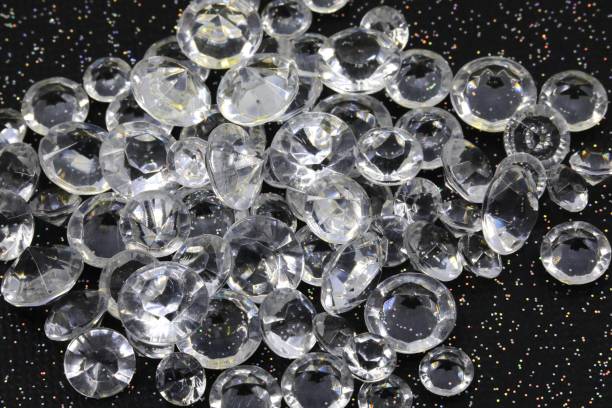Geologists have long believed the Earth’s mantle moves predictably, much like a conveyor belt, beneath its crustal plates. However, recent research on Easter Island suggests a different story.
A team of geologists from Cuba, Colombia, and Utrecht found evidence that challenges the traditional understanding of mantle dynamics.
Easter Island is known for its extinct volcanoes, with the oldest lava formations dating back 2.5 million years.
In 2019, a group of geologists, led by Cuban geologist Yamirka Rojas-Agramonte, traveled to the island to precisely date these formations using zircon minerals.
These minerals, found in cooled magma, contain uranium that decays into lead over time. By measuring this decay, scientists can determine the age of the minerals.
To the team’s surprise, they discovered not only zircons from 2.5 million years ago but also others as old as 165 million years.
This finding puzzled the researchers, as the oceanic plate beneath Easter Island is not that old. The answer appeared to lie deep beneath the Earth’s surface, in the mantle.

The island’s volcanoes are classified as hotspot volcanoes, formed by plumes of rock rising from the Earth’s mantle.
These plumes, known to remain stationary while tectonic plates move over them, create chains of volcanoes, like those in the Pacific Ocean.
The ancient zircons likely originated from these mantle plumes, far below the oceanic crust. However, this discovery raised new questions about the dynamics of the Earth’s mantle.
Geologist Douwe van Hinsbergen from Utrecht University helped solve part of the mystery.
His research on the Pacific’s subduction zones, where oceanic plates descend into the mantle, revealed that a volcanic plateau existed near present-day Easter Island 165 million years ago.
This plateau was later subducted under the Antarctic Peninsula, potentially explaining the ancient zircons.
However, these findings contradict the long-held theory that the Earth’s mantle moves consistently with the plates above it. If the mantle moved in this way, the ancient zircon minerals should have been swept away.
The fact that they remain suggests the mantle surrounding the plume may be far more stationary than previously believed.
This discovery on Easter Island could revolutionize how scientists understand mantle dynamics, hinting that it moves much slower than once thought.

